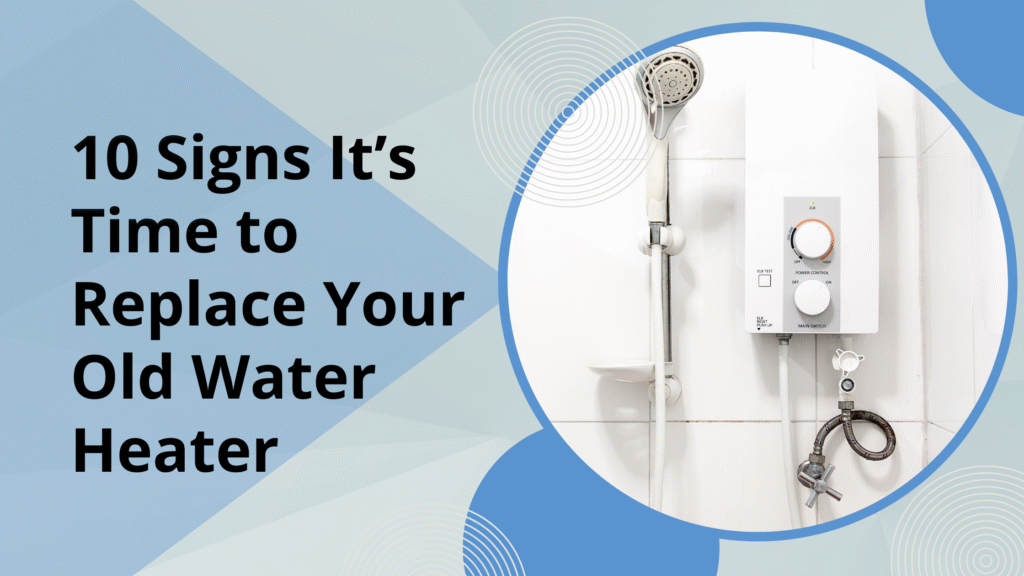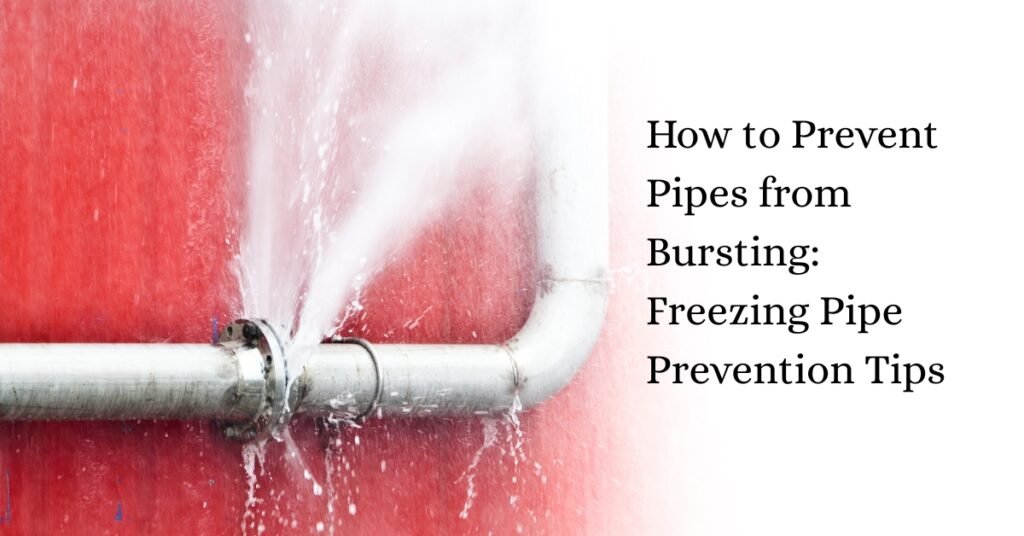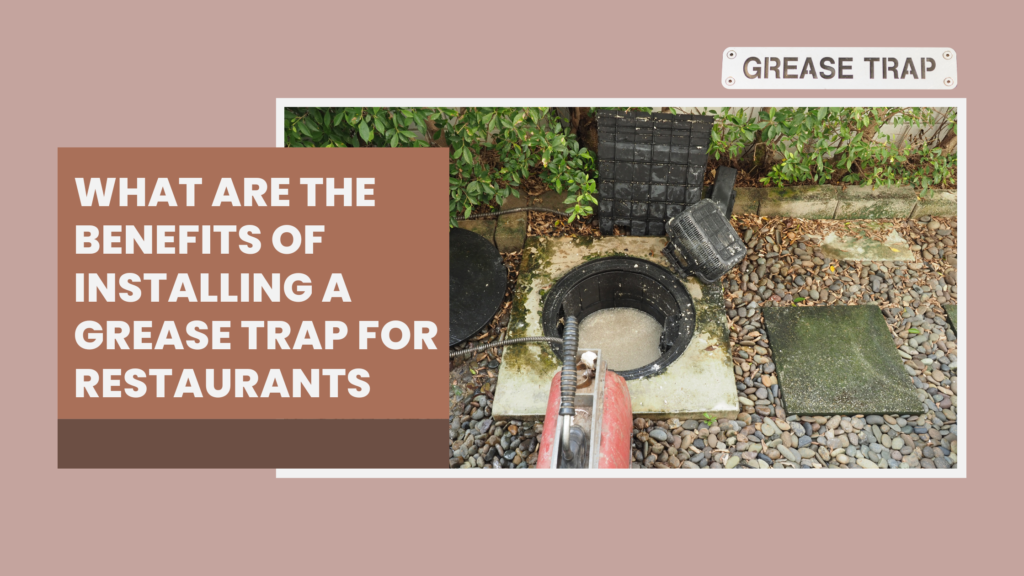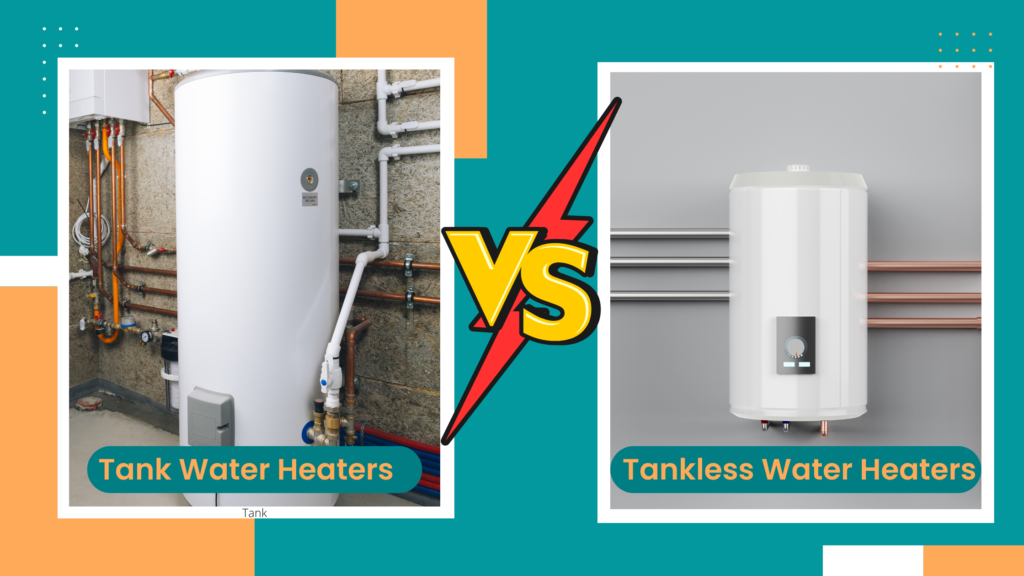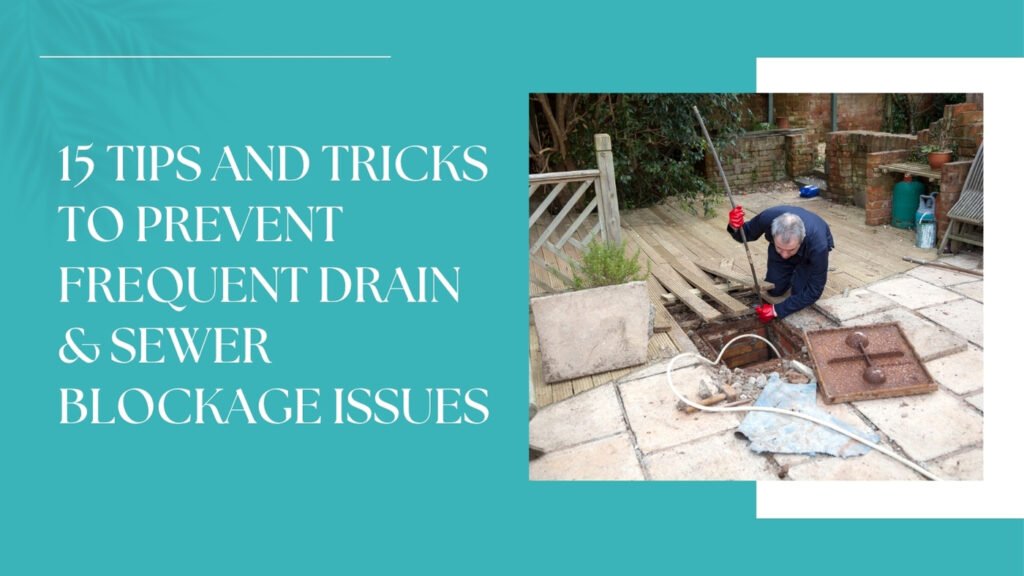What to do When You Have no Hot Water in Your House?
Having no hot water in your house can be incredibly frustrating, especially when you’re trying to shower, do laundry, or wash dishes. Hot water is essential for various daily activities, and when it’s unavailable, it can disrupt your routine and leave you feeling uncomfortable. Understanding the common causes of this issue can help you diagnose the problem quickly and effectively. In this guide, we will explore the reasons behind hot water shortages, provide troubleshooting tips, and offer preventative measures to ensure you can enjoy a consistent supply of hot water in your home.
What Causes No Hot Water in Your House?
Understanding these potential issues can help you identify the problem more effectively and decide whether you can troubleshoot it on your own or if you need to call a professional. Here’s an expanded explanation for each of the pointers regarding the causes of no hot water in your house:
1. Thermostat Issues
The thermostat in your water heater is responsible for regulating the temperature of the water. If the thermostat is set too low, it may not heat the water to the desired level, leaving you with cold or lukewarm water during showers and other activities. Additionally, if the thermostat malfunctions or fails, it may not signal the heater to turn on at all, resulting in no hot water being produced.
2. Pilot Light Problems (for Gas Heaters)
In gas water heaters, the pilot light is a small flame that ignites the gas burner to heat the water. If this pilot light goes out due to drafts, a faulty thermocouple, or other issues, the burner will not operate, leaving you without hot water. Sometimes, the pilot light may go out repeatedly, indicating a deeper issue with the heater or gas supply. To resolve this, you can follow the manufacturer’s instructions to relight the pilot, but if the problem persists, it may require professional attention.
3. Sediment Buildup
Over time, minerals and sediments from the water can accumulate at the bottom of the water heater tank. This sediment buildup can insulate the heating element, making it less effective at heating the water. As a result, you may find that the hot water runs out quickly or that the heater takes longer to produce hot water. Flushing the tank regularly can help remove this sediment and improve the efficiency of your water heater, preventing issues related to hot water availability.
4. Faulty Heating Elements (for Electric Heaters)
Electric water heaters contain one or two heating elements that are responsible for warming the water. If one or both of these elements fail, it can lead to insufficient hot water supply. Symptoms of faulty heating elements include inconsistent water temperatures, long wait times for hot water, or the complete absence of hot water. Testing the heating elements with a multimeter can help determine if they are functioning properly, and if not, they may need to be replaced to restore hot water access.
5. Water Supply Issues
Issues with your home’s plumbing or the main water supply can significantly affect the flow of hot water. For instance, if there are blockages in the pipes, such as from corrosion or mineral deposits, it can impede the flow of hot water to your faucets and fixtures. Additionally, low water pressure due to municipal supply issues or plumbing problems within your plumbing system can prevent hot water from reaching your taps effectively.
6. Age of the Water Heater
Water heaters typically have a lifespan of around 10 to 15 years. As they age, their efficiency often declines, and they become more prone to breakdowns. An older water heater may struggle to meet your household’s hot water demands, leading to shortages during peak usage times, such as morning showers. If your water heater is approaching or exceeding its expected lifespan and frequently experiences issues, it may be time to consider a replacement.
Troubleshooting Tips if You Lose Hot Water
If you lose hot water in your house, first check the thermostat settings and inspect the pilot light for gas heaters..Here are eight troubleshooting tips to consider if you lose hot water in your house:
1. Check the Thermostat Settings
Start by checking the thermostat settings on your water heater. Ensure it’s set to the recommended temperature, typically between 120°F to 140°F (49°C to 60°C). If it’s set too low, you may not get hot water. If you need to adjust it, be cautious and make gradual changes to avoid sudden temperature fluctuations.
2. Inspect the Pilot Light
For gas water heaters, ensure the pilot light is lit. If it’s out, follow the manufacturer’s instructions to relight it. Check for drafts or air leaks around the water heater that could have extinguished the pilot. If the pilot light keeps going out, there may be a problem with the thermocouple or gas supply that requires further investigation.
3. Examine Circuit Breakers
For electric water heaters, check your circuit breaker panel. If the breaker that supplies power to the water heater has tripped, reset it by flipping it off and then back on. If it trips again, there may be an electrical issue that needs professional attention, such as a faulty heating element.
4. Inspect the Water Heater for Leaks
Inspecting your water heater for leaks is a crucial step in maintaining its efficiency and preventing potential damage to your home. Start by examining the area around the water heater for any visible water accumulation, which may indicate a leak. Look closely at the connections and fittings where the pipes meet the heater, as well as the tank itself. Pay attention to any signs of corrosion or rust on the tank surface, as these can be precursors to leaks.
5.Consider the Water Heater’s Size
When considering the size of your water heater, it’s essential to match its capacity to your household’s hot water needs. A water heater that is too small may struggle to supply sufficient hot water for activities like showering, washing dishes, and doing laundry simultaneously, leading to frequent shortages. On the other hand, an oversized water heater can lead to unnecessary energy consumption, as it takes longer to heat larger volumes of water.
6. Check for Water Supply Issues
Inspect your home’s plumbing for any issues that could be affecting the hot water supply. Look for leaks, clogged pipes, or closed valves that may hinder hot water flow. Ensure that the main water supply valve is fully open, as low water pressure can significantly impact hot water availability.
7. Monitor Hot Water Usage
Consider whether your household is exceeding the capacity of your water heater. If multiple showers, laundry loads, or dishwashing activities are happening simultaneously, the water heater may struggle to keep up. Try staggering water use during peak times or investing in a larger capacity water heater if necessary.
8. Flush the Water Heater Tank
Flushing the water heater tank is an essential maintenance task that helps remove sediment and mineral buildup, ensuring your water heater operates efficiently. Over time, minerals like calcium and magnesium can accumulate at the bottom of the tank, insulating the heating elements and reducing the heater’s efficiency. To flush the tank, start by turning off the water heater and letting it cool down for a bit.
Temporary Fixes for Hot Water Issues
1. Use Space Heaters
If your hot water is unavailable for bathing or warming your home, consider using electric space heaters to maintain comfort. These heaters are designed to quickly warm up small areas, allowing you to stay cozy while you wait for your water heater issue to be resolved. Make sure to place the space heater in commonly used rooms to maximize its effectiveness.
2. Take Quick Showers
To conserve any remaining hot water, taking shorter showers can be a simple yet effective strategy. Aim for showers that last no longer than 5 to 10 minutes, which not only helps save hot water but also reduces water usage overall.
3. Use Cold Water for Certain Tasks
For everyday tasks that don’t require hot water, such as washing hands, brushing teeth, or cleaning surfaces, consider using cold water instead. This can help you reserve your limited hot water for more critical needs, such as cooking or laundry. For instance, cold water can effectively clean most surfaces and is suitable for many household chores.
4. Boil Water on the Stovetop
If you urgently need hot water for cooking, cleaning, or personal hygiene, boiling water on the stovetop or in a kettle is a quick and effective solution. Simply fill a pot or kettle with the desired amount of water and bring it to a boil. This method can provide hot water for a variety of tasks, from cooking pasta to filling a basin for washing dishes or bathing.
5. Wait for Recovery
If you have a traditional tank water heater, give it time to recover and heat the water if it has run out. After heavy usage, such as multiple showers or laundry loads, the tank may be depleted. It typically takes about 30 minutes to an hour for a standard tank water heater to refill and heat water to the desired temperature.
6. Check for Alternative Hot Water Sources
If you have other appliances that use hot water, such as a washing machine or dishwasher, consider running them to take advantage of their hot water supply. This can help manage your needs while addressing the main water heater issue.
Time to call the professionals if you still lack hot water
If you still lack hot water, it’s time to contact the professionals for assistance. Persistent issues with your hot water supply can be frustrating and may indicate a more serious underlying problem with your water heater. Troubleshooting on your own can sometimes lead to temporary fixes, but if the issue continues, it’s crucial to seek help from experts who can provide a thorough diagnosis and effective solutions.
With our extensive expertise in all areas of plumbing, we can accurately identify the problem whether it’s a malfunctioning thermostat, a leak, or an outdated water heater. By selecting our Water Heater Repair Services in Petaluma, you can expect a comprehensive inspection and a timely resolution of your hot water concerns. Our skilled technicians will work diligently to diagnose the issue and carry out the necessary repairs, restoring your hot water supply without delay.





